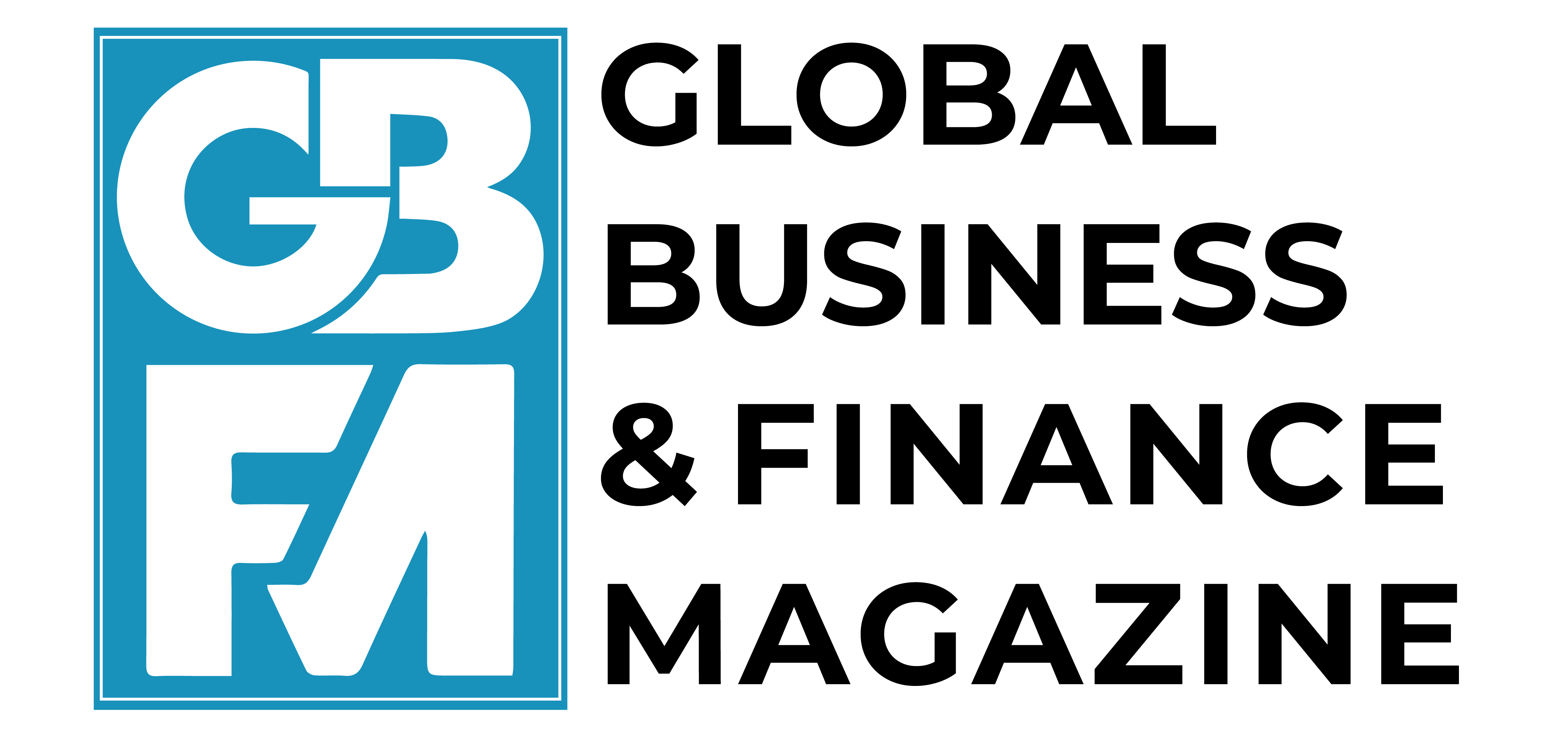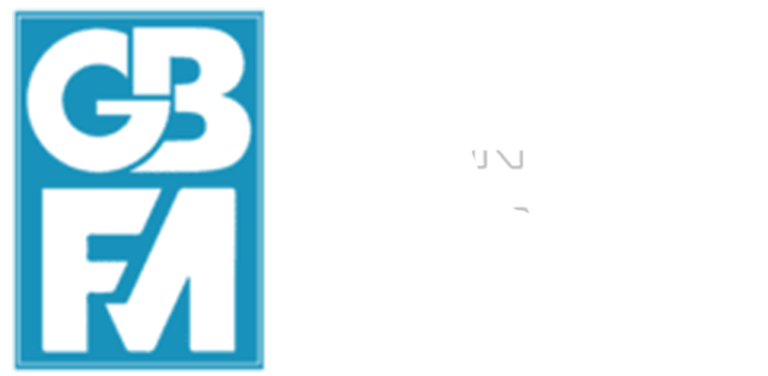Tariffs disrupt trade flows and influence prices, but their broader impact depends on how they are structured and the type of goods targeted. This column examines the economic implications of tariffs across the supply chain, with a particular focus on how different modes of retaliation to US tariffs impact economic activity, inflation, and trade. The authors find that the effects vary significantly. A broad retaliation strategy targeting both final and intermediate goods would result in a more pronounced contraction in GDP and more persistent inflation than retaliation that targets only final goods.
How does the structure of tariffs impact their transmission to key macroeconomic variables? This column explores the potential consequences of EU retaliation to US tariffs by focusing on two key questions: (1) Does it make a difference whether tariffs are imposed on final or intermediate goods? (2) How does the degree of substitutability between domestic and imported goods play a role in this context?
Tariffs disrupt trade flows and influence prices, production costs, and economic activity in both the imposing and retaliating economies. As trade tensions escalate and countries impose additional import restrictions, the impact will depend on the structure of these measures and the type of goods targeted (Comin and Johnson 2025).
Tariffs on final goods directly raise consumer prices, reducing demand for imports and potentially shifting consumption toward domestic or third-country alternatives. In contrast, tariffs on intermediate inputs affect production costs for firms that rely on these goods, influencing their pricing decisions, competitiveness, and overall economic activity. Tariffs targeting intermediate goods that are essential for production (such as semiconductors) may lead to more persistent cost-push driven inflation and disrupt supply chains, affecting output and employment more broadly. This is especially the case for economies that are highly open and deeply integrated in global value chains. The extent to which tariffs alter trade patterns and pricing also depends on the substitutability of affected goods. If exports of tariffed products have close alternatives – either from domestic producers or from third-country suppliers – the impact on prices and activity may be mitigated as buyers shift away from tariffed goods. However, if tariffed products are differentiated and less easily replaced, exporters may judge that they have more pricing power as the demand they face is rigid.
The EU’s retaliatory measures
The EU has adopted a measured approach to trade tensions, prioritising negotiation and diplomacy while reserving retaliatory measures as a last resort. In response to the US imposition of tariffs on steel and aluminium, the EU has strategically targeted approximately €26 billion worth of American goods, focussing primarily on final goods rather than intermediate inputs. This involves imposing tariffs on consumer products – such as beverages, food, textiles, and home appliances – which make up a larger portion of the EU’s tariff list compared to intermediate goods (as shown in Figure 1). This approach aims to exert economic and political pressure by targeting high-profile consumer goods that affect US producers, while minimising the impact on euro area producers. Moreover, the EU has particularly targeted non-differentiated goods such as basic food and beverages, which are more easily substituted with domestic or third-country alternatives, limiting the potential impact on EU consumers due to higher competition and elasticity of substitution (Figure 2). Further retaliatory actions remain on hold as the EU continues to assess the progress of negotiations with the producers .
Figure 1 Euro area imports from the US by BEC decomposition


Source: TDM and authors’ calculations.
Notes: Tariffed goods refer to US goods that saw imposed retaliatory tariffs in 2025 as detailed in the COM draft released on 8 April, which is currently suspended. Data refers to 2024. Sectors refer to ISIC classification. Energy goods are excluded.
However, as US tariff actions intensify, the EU’s current strategy might need adjustment. As the scale of the trade war has widened, the potential need for broader retaliatory measures – in the event that negotiations do not succeed – has increased. Yet, the scope for targeting non-differentiated consumer goods is limited, prompting the EU to consider expanding retaliatory measures to include differentiated and intermediate goods. This shift could significantly impact the euro area economy, potentially increasing production costs and supply chain vulnerabilities. If tariffs were extended to essential US inputs – like industrial materials or critical components for various sectors such as semiconductors or other IT components – the consequences would be more pronounced.
Figure 2 Differentiation of euro area imports from the US


Source: TDM and ECB staff calculations.
Notes: Data refers to 2024. Sectors refer to HS2-digits classification, energy goods are excluded. The differentiation classification is taken from Rauch (1999) and Cavallo et al. (2019). Tariffed goods refer to US goods that saw imposed retaliatory tariffs in 2025 as detailed in the COM draft released on 8 April, which is currently suspended.
A model-based assessment
In Gnocato et al. (2025), we develop a two-region multi-sector DSGE model with international production networks and a full input-output structure to examine the theoretical transmission channels of a differentiated tariff shock on final or intermediate goods. Building on Bouakez et al. (2023) and Hinterlang et al. (2023), the model includes sticky wages and prices, investment adjustment costs and cross-border tariff shocks, and is calibrated on the EU and the rest of the world. The model is well suited to analyse trade policy given its rich structure.
In this column, we consider three main scenarios: (1) the impact of tariffs levied by the rest of the world (RoW) on both final and intermediate goods imports from the EU, with no retaliation from the EU; (2) full retaliation by the EU, taxing both final and intermediate goods imports; and (3) EU tariff retaliation only on its imports of final goods. Since this third scenario would involve retaliation on a smaller subset of imports, it is calibrated in such a way that the ex-ante revenue from the tariff is equivalent to that under the second scenario. The baseline scenario in (1) is modelled as an unexpected 3 percentage-point increase in cross-border taxes on EU exports, specifically affecting agriculture and manufacturing, two sectors deeply integrated into global value chains and commonly targeted by trade restrictions. The 3 percentage-point increase in total tariffs is broadly equivalent to a 20 percentage-point increase in export tariffs to the US, considering that around 15% of total EU exports are directed to the US.
A persistent increase in tariffs in the baseline scenario acts like a tax on trade, cooling down overall economic activity while nudging up consumer prices right away. In our model, GDP dips modestly and inflation jumps a little in year one before settling at a slightly positive level (Figure 3). The increase in consumer prices comes directly from higher import costs and indirectly as foreign producers facing steeper input prices pass those costs along through supply chains (Figure 4). Meanwhile, the real exchange rate depreciates persistently to offset the loss in export competitiveness but makes imports more expensive (Figure 5).
If the EU strikes back with matching tariffs on both final and intermediate imports (‘full retaliation’), the hit to output is larger: GDP falls by more than twice than under no retaliation. Inflation climbs on impact due to the direct impact of the change in tariffs, but stays persistently positive thereafter, due to sticky prices and the way higher input costs ripple through production networks (Figure 4).
Figure 3 Simulated effects of a persistent 3 percentage-point tariff shock


Notes: Simulations based on a two-country (EU-RoW) DSGE model with production networks and trade linkages, calibrated at quarterly frequency. The impulse responses show the average yearly effects of a persistent 3 p.p. tariff increase on EU exports under three scenarios: 1) no retaliation by the EU; 2) full retaliation by the EU, i.e. a 3 p.p. tariff increase on imported intermediate and final goods; and 3) revenue-equivalent retaliation by the EU only on final goods, i.e. a 5.55 p.p. tariff increase on imported final goods only, which is revenue-equivalent to (2) at the steady state.
In the third scenario, whereby the EU instead targets only final goods with its counter-tariffs, the fallout is milder. Consumers can more easily swap foreign finished products for domestic alternatives, which is more challenging for intermediate inputs used in production, and the network effects are milder, so GDP shrinks less than under full retaliation. Although inflation initially ticks up, it soon falls back to target even without interest-rate changes (Figure 4). Imports of final goods plunge more than in the full-retaliation case (Figure 5b), pushing the real exchange rate up further (Figure 5c). Producers dodge the worst of input-cost shocks, and the stronger currency helps offset the price of imported materials.
Figure 4 Decomposition of the effect on domestic CPI inflation


Notes: Simulations based on a two-country (EU-RoW) DSGE model with production networks and trade linkages, calibrated at quarterly frequency. The impulse responses show the average yearly effects of a persistent 3 p.p. tariff increase on EU exports under three scenarios: 1) no retaliation by the EU; 2) full retaliation by the EU, i.e. a 3 p.p. tariff increase on imported intermediate and final goods; and 3) revenue-equivalent retaliation by the EU only on final goods, i.e. a 5.55 p.p. tariff increase on imported final goods only, which is revenue-equivalent to (2) at the steady state.
Figure 5 Effects on trade


Notes: Simulations based on a two-country (EU-RoW) DSGE model with production networks and trade linkages, calibrated at quarterly frequency. The impulse responses show the average yearly effects of a persistent 3 p.p. tariff increase on EU exports under three scenarios: 1) no retaliation by the EU; 2) full retaliation by the EU, i.e. a 3 p.p. tariff increase on imported intermediate and final goods; and 3) revenue-equivalent retaliation by the EU only on final goods, i.e. a 5.55 p.p. tariff increase on imported final goods only, which is revenue-equivalent to (2) at the steady state.
The level of substitutability between domestic and foreign goods plays a crucial role. When final goods are less substitutable, the negative impacts on economic activity are amplified, as can be seen in Figure 6. Conversely, higher substitutability of intermediate goods can mitigate GDP decline when retaliation includes these inputs. However, tariffs on intermediate goods continue to drive inflation persistence due to ripple effects in production networks, indicating that inflation dynamics remain unaffected by changes in the substitution elasticity between domestic and foreign inputs.
Figure 6 Effect of lower substitutability between domestic and foreign final goods


Notes: Simulations based on a two-country (EU-RoW) DSGE model with production networks and trade linkages, calibrated at quarterly frequency. The impulse responses show the average yearly effects of a persistent 3 p.p. tariff increase on EU exports under two scenarios: 1) full retaliation by the EU, i.e. a 3 p.p. tariff increase on imported intermediate and final goods; and 2) revenue-equivalent retaliation by the EU only on final goods, i.e. a 5.55 p.p. tariff increase on imported final goods only, which is revenue-equivalent to (2) at the steady state. The elasticity of substitution between home and foreign final goods is two in the baseline scenarios, and one in the low-substitutability counterfactual scenarios.
Conclusion
The strategy for retaliating against foreign trade restrictions holds significant consequences for economic activity, inflation, and trade dynamics. The impact largely depends on whether import tariffs target final or intermediate goods and the substitutability between domestic and imported goods. Focusing on final goods, as the EU has done so far in its limited countermeasures to US actions, tends to raise consumer prices only temporarily but has a limited effect on production costs due to the higher substitutability of these goods. However, expanding retaliation to include intermediate goods could increase production costs for sectors reliant on foreign inputs, leading to broader economic disruptions and more persistent inflationary pressures. A model-based assessment indicates that full retaliation, involving tariffs on both final and intermediate goods, results in a more pronounced economic contraction and sustained inflation compared to targeting only final goods. Broader retaliation could lead to significant ripple effects on euro area activity and prices, especially if the EU imposes larger tariffs in response to increased US tariffs.
Source : VOXeu





































































